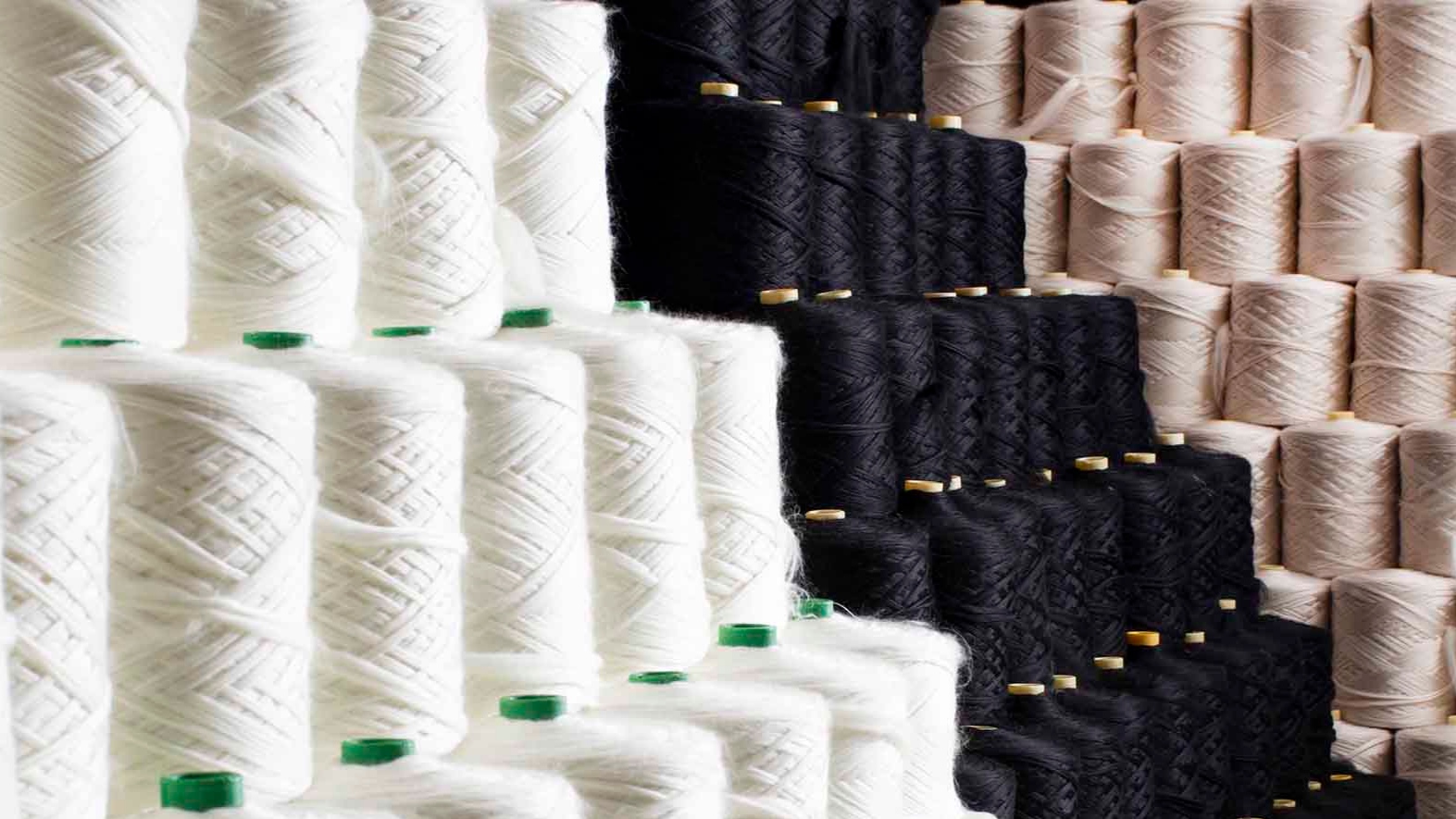Long Staple Spinning
Long staple spinning is a specialized method of yarn production designed for fibers longer than 60 mm. This technique is primarily used for spinning wool, long synthetic fibers (such as acrylic), and occasionally longer cotton fibers. The long staple spinning process involves multiple stages, from fiber preparation to the production of the final yarn. This paper provides a detailed overview of the long staple spinning line, highlighting the machinery utilized at each stage.
1. Introduction to Long Staple Spinning
Long staple spinning is divided into two main systems, depending on the type of raw material (wool, acrylic, or other long fibers):
1. Semi-Worsted Spinning System
2. Worsted Spinning System
Both systems include processes such as fiber opening, cleaning, drafting, and twisting, aimed at producing high-quality yarns with specific characteristics.
2. Stages of Long Staple Yarn Production and Related Machinery
2.1. Seidel (Opening and Blending)
One of the most critical stages in yarn production, where fibers pass through drafting rollers to produce slivers with lower linear density and greater uniformity. Depending on the intended use and required properties of the yarn, fibers can be processed in steamed or unsteamed forms.
2.2. Drafting and Doubling
In this stage, slivers produced by the Seidel machine are drafted and combined to enhance uniformity and strength. Doubling also contributes to consistent color shading in the fibers.
- Rebreaker Machine: This machine drafts and combines slivers to achieve uniformity and optimal fiber length.
In the Semi-Worsted System, combing is a vital step where short fibers and remaining impurities are removed, ensuring a smoother, more uniform yarn.
2.3. Gill Drawing
In this stage, slivers are further drafted to achieve a more consistent structure. This process typically occurs in three stages using gill box machines.
- Gill Box Machine: Utilizing pins and rollers, this machine drafts the slivers, enhancing their uniformity and adjusting fiber density.
2.4. Roving
At this stage, the uniform slivers are transformed into roving, a semi-finished product prepared for final spinning.
- Finisher Machine: By applying additional drafting, the finisher reduces the linear density of the fibers, producing rovings with suitable thickness and uniformity for the final spinning process.
2.5. Final Spinning
Spinning is the final stage, where the rovings are converted into finished yarns with the desired thickness and twist.
- Ring Spinning Machine: This machine applies both drafting and twisting to produce high-strength yarns.
Yarns produced through the long staple spinning system exhibit characteristics such as high strength, enhanced softness, and superior abrasion resistance. These yarns are widely used in the production of woolen fabrics (such as luxury suits), acrylic textiles for winter clothing, machine-woven carpets, and specialized industrial yarns.

Comments :